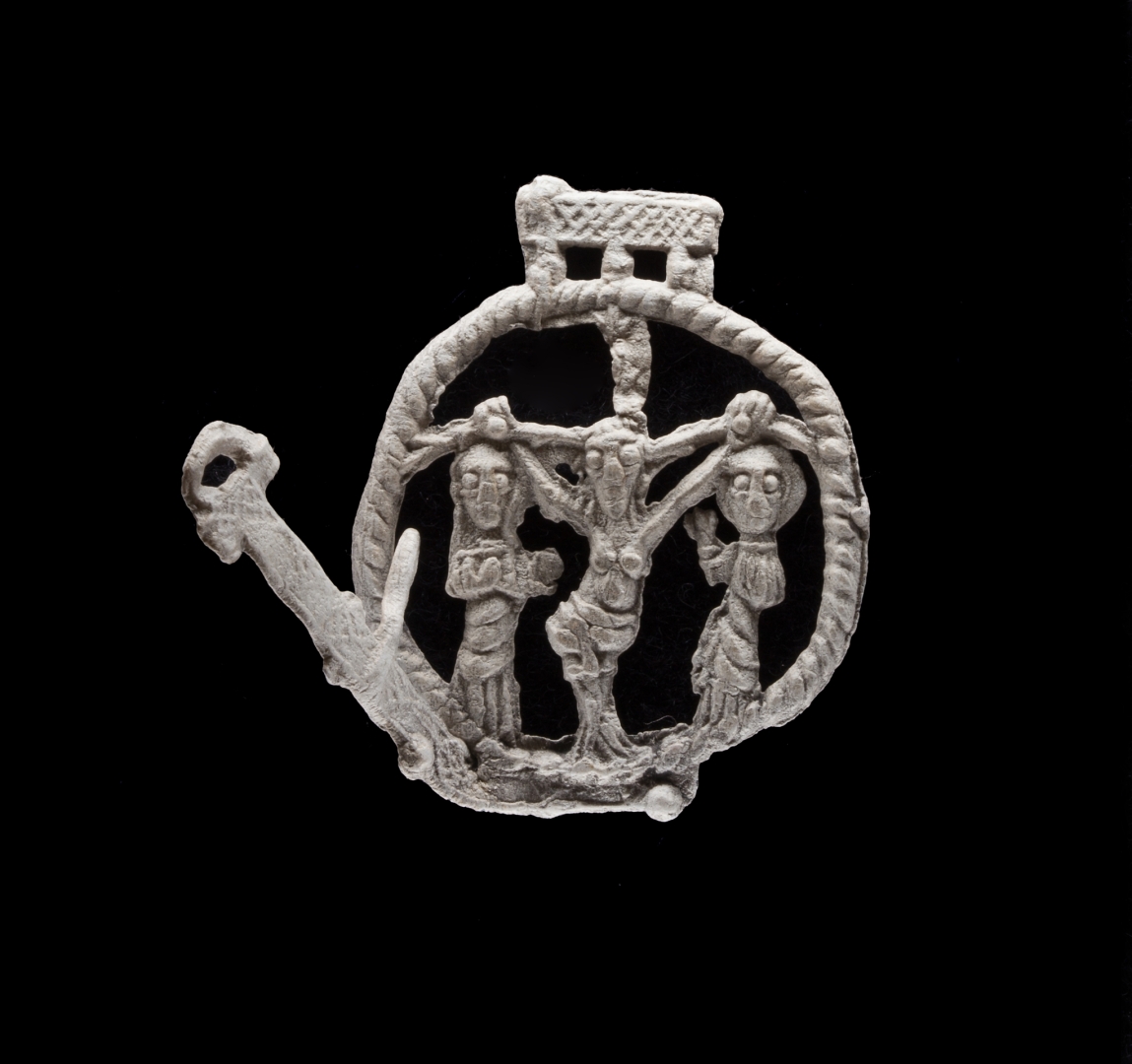“There has been an interest in the pilgrimages of Livonians for decades, in several cases proceeding from a single find, for example the pilgrimage souvenirs found in Tallinn in 1953 and in Pärnu in 1992. However, only the extensive finds of recent years, in particular the one in the Kalamaja region of Tallinn in 2018 of 15th century artefacts, have given a more detailed view of the devotional life of citizens, which included visits to local and foreign pilgrimage sites,” said Erki Russow, a senior researcher of the Tallinn University Archaeological Research Collection and the curator of the exhibition.
The majority of the items are on display for the first time. Some of the artefacts deserve special attention: a fragment of a pilgrim’s felt hat, two 15th century pilgrimage souvenirs, the only ones known so far, associated with the cult of the Holy Blood at the Riga Cathedral, and finds that confirm the use of pilgrimage souvenirs brought back from the long journeys.
The exhibition is accompanied by a diverse public programme. Lectures by researchers of the Middle Ages: Tiina Kala, Juhan Kreem, Anu Mänd and Erki Russow address the topics connected to the exhibition. The first lecture is on 14 March at 5 p.m. with the curator Erki Russow talking about medieval pilgrimage souvenirs. On 28 March at 5 p.m. a discussion on the topic The Journey Starts at Your Front Door: Pilgrimage Routes in Estonia Today takes place, presented by Jane Vain, the priest of the Järva-Madise church and the leader of the Estonian St James’ Way project; by Eero Kotli, the head of the non-profit organisation developing a cultural pilgrimage route; and by Kersti Markus, Professor of Art History at Tallinn University and the founder of St Olaf’s Way in Estonia. Lectures and discussion will be held in Estonian. Concerts of early music groups will also take place.
The items on display originate from museums and archaeology collections of Estonia, Latvia and Germany.
The exhibition opens the tower gallery of the Niguliste Museum to the general public.
The exhibition will remain open until 8 September 2024.
Exhibition curator: Erki Russow (Tallinn University Archaeological Research Collection)
Exhibition design: Villu Plink
Graphic design, dummies and replicas: Jaana Ratas




